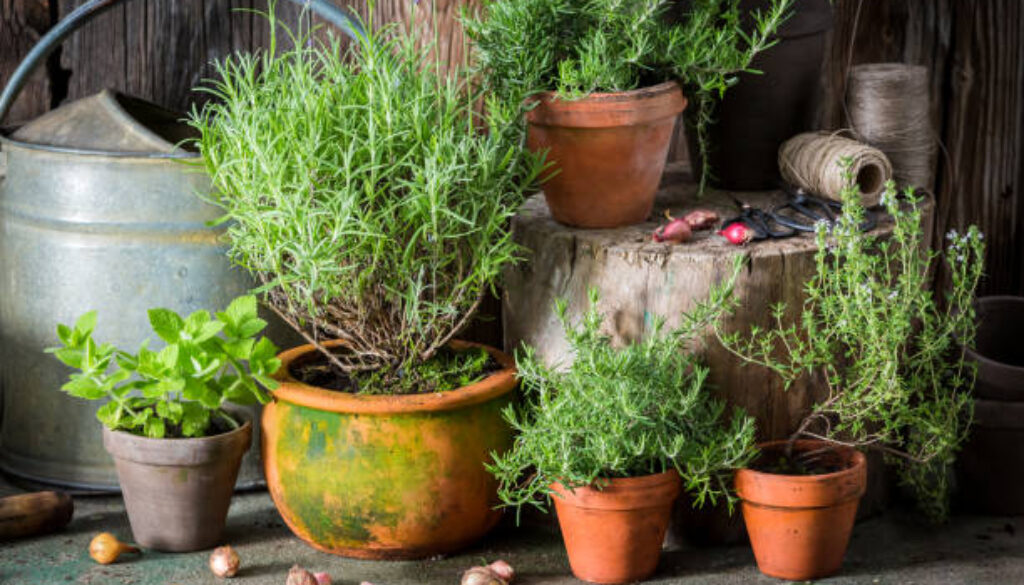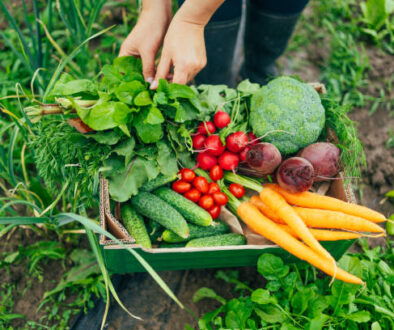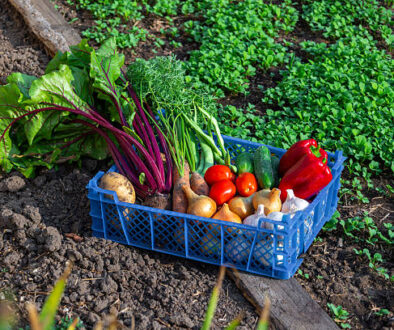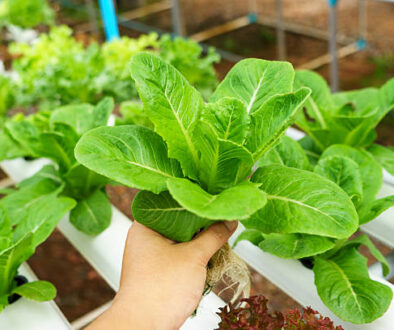How to Start a Medical Garden at Home for Natural Healing (Step-by-Step) Guide For Beginners
This post may contain paid and/or affiliate links. I may earn a small commission at no extra cost to you.
Want to grow your own medical garden at home? Stick to the end..
Starting a healing herb garden with simple medicinal plants is easier than you might think.
With the right steps, you’ll create a herbal medicine garden that supports wellness, looks beautiful, and brings everyday healing into your life.
So let’s see what we’ve got here..
Related:
- Common Mistakes to Avoid When Growing a Medicinal Herb Garden
- Why Having a Medicine Herbs Garden at Home is The Best Thing You Can Do
- The Main Reasons You Should Have a Medicine Garden at Home
Step 1: Choose the Right Space for Your Medical Garden
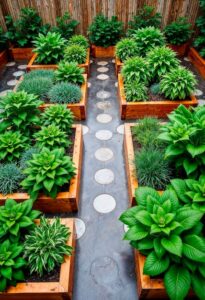
Location matters. Pick a sunny spot with good soil and easy access to water.
Most medicinal plants love at least six hours of sunlight daily.
Whether you’re using a small yard or a few pots on your balcony, the key is giving your medicine garden what it needs to thrive.
Step 2: Plan Your Healing Herb Garden Layout
Before planting, think about your layout. Want it neat and organized, or more natural and wild?
The right healing garden design makes it easier to care for your herbs and enjoy them.
Keep taller plants at the back and smaller ones up front so every plant gets the sun.
Step 3: Pick Beginner-Friendly Medicinal Plants
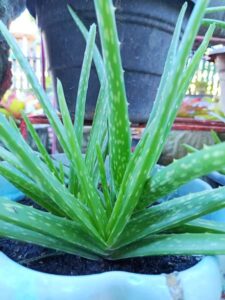
Not sure where to start? Go with easy growers like mint, basil, chamomile, and aloe vera.
These herbs are low-maintenance and cover many common needs.
Having a mix in your herbal medicine garden ensures you’ll always have natural remedies for stress, stomach issues, or even minor cuts.
Step 4: Prepare the Soil in Your Herbal Garden
Good soil is the foundation of a healthy medicinal herb garden.
Aim for soil that drains well but still holds moisture.
Mix in compost to give your herbs the nutrients they need.
Ever wondered why some herbs don’t grow well? Most of the time, it’s because the soil isn’t right.
Step 5: Learn the Basics of Garden Companion Planting
Certain herbs grow better together. For example, basil helps tomatoes by keeping pests away, while rosemary and sage make strong neighbors.
Using garden companion planting in your herbal garden not only saves space but also keeps your plants healthier and happier.
Right planting = stronger harvests.
Step 6: Water and Care for Your Medicine Garden
Herbs don’t need constant soaking, but they do love consistent care.
Water when the soil feels dry about an inch down. Trim regularly to keep plants growing strong.
A little daily attention keeps your medical garden thriving and ensures your remedies are always fresh when you need them.
Step 7: Harvest and Store Your Medicinal Plants
Pick leaves or flowers early in the morning when oils are strongest.
Use them fresh or dry them for later. Storing herbs in glass jars keeps them potent.
Imagine opening your kitchen shelf and finding your own herbal medicine garden waiting to heal and flavor your everyday life.
Conclusion
Starting a medical garden at home isn’t complicated—it’s about making small, smart choices and sticking with them.
With the right spot, healthy soil, and beginner-friendly herbs, you’ll enjoy the benefits of a thriving healing herb garden.
Over time, your herbal garden becomes more than plants, it turns into a natural pharmacy that supports both body and mind.
FAQs
- What’s the easiest herb for beginners in a medicinal herb garden?
Mint is the easiest because it grows fast and doesn’t need much care. Just keep it in its own pot, since it spreads quickly. - Do I need a lot of space for a healing herb garden?
Not at all. Even a windowsill, balcony, or a few pots is enough to start your own herbal garden at home. - How often should I water my medicinal plants?
Water when the soil feels dry to the touch. Most herbs don’t like soggy soil, so it’s better to water less often than too much. - Can I mix herbs with vegetables using garden companion planting?
Yes! Herbs like basil, rosemary, and sage actually protect veggies from pests. It’s a win-win for your healing garden design.
